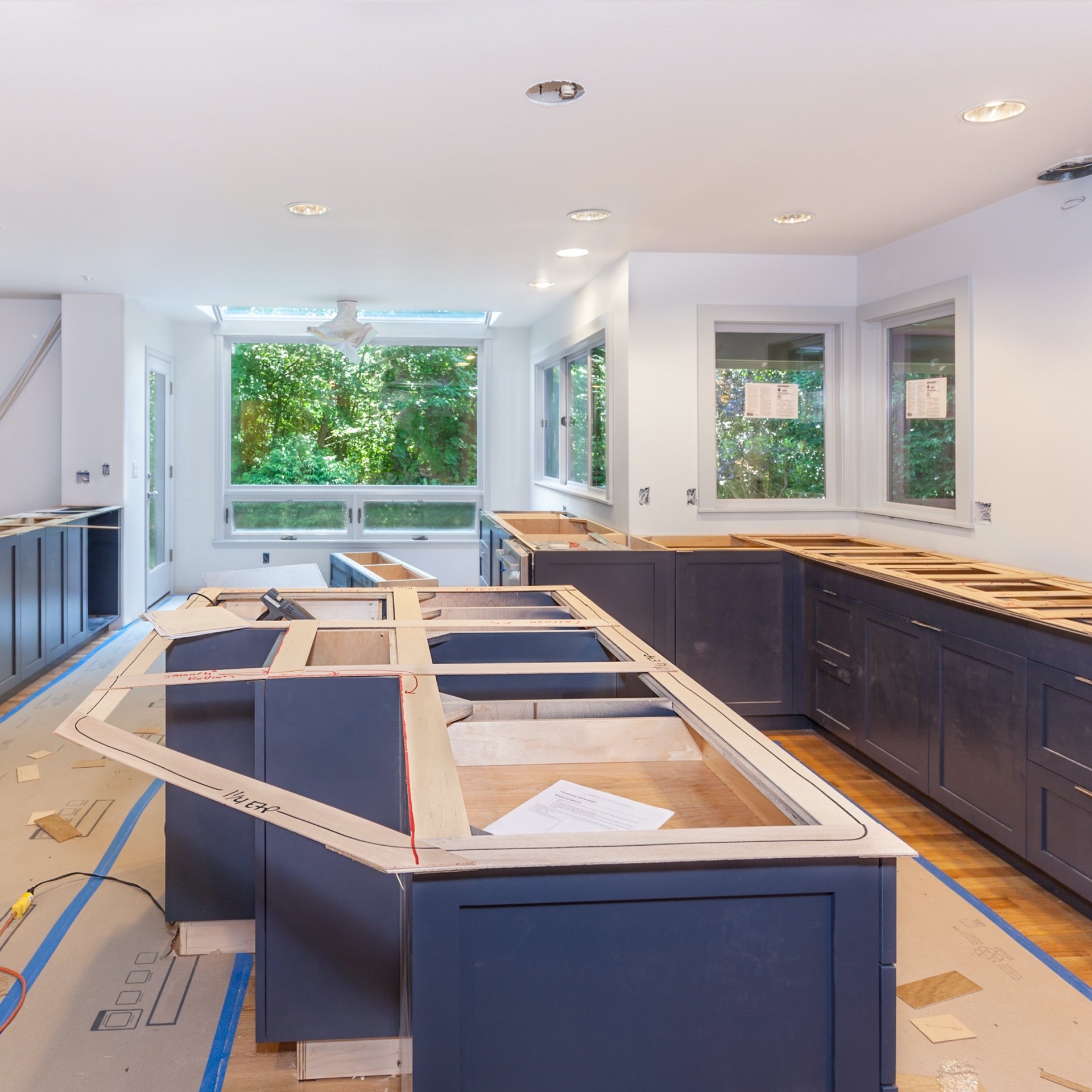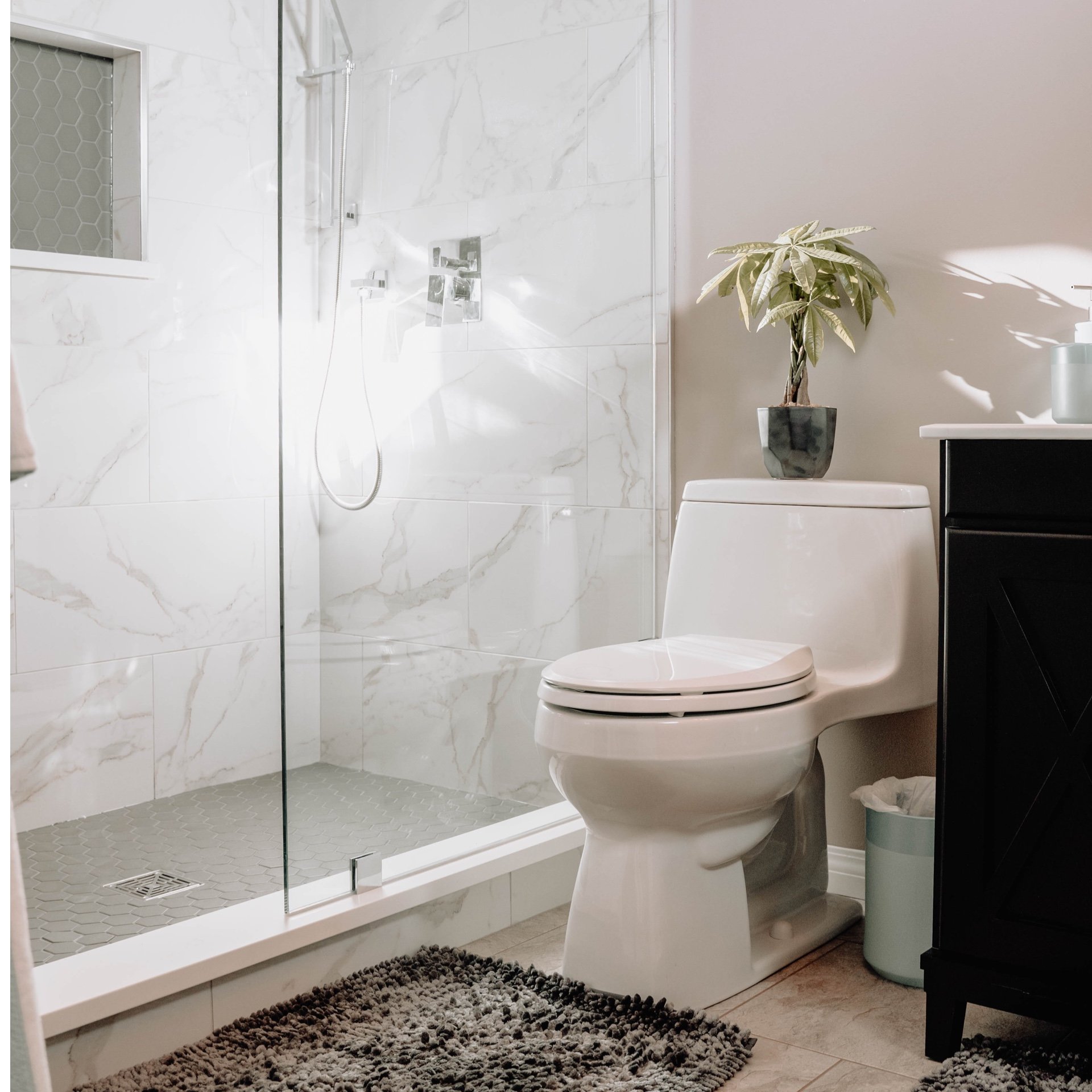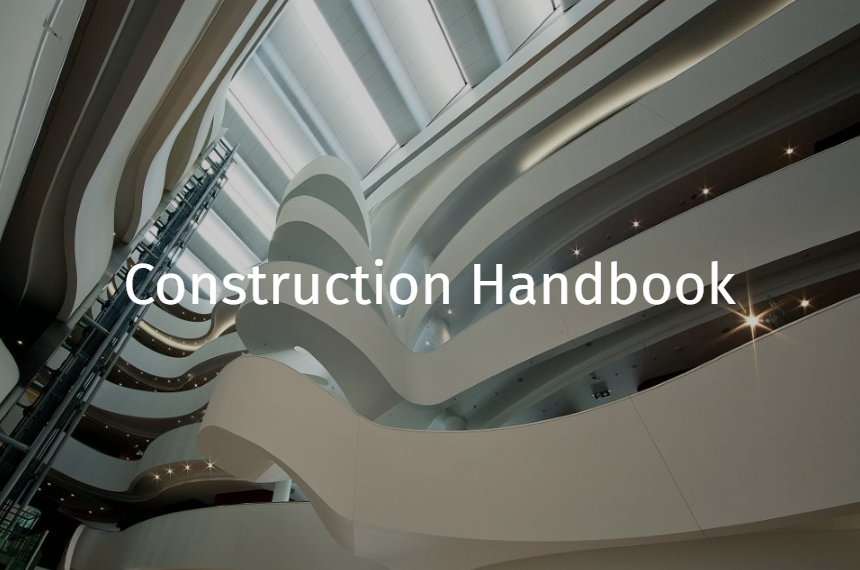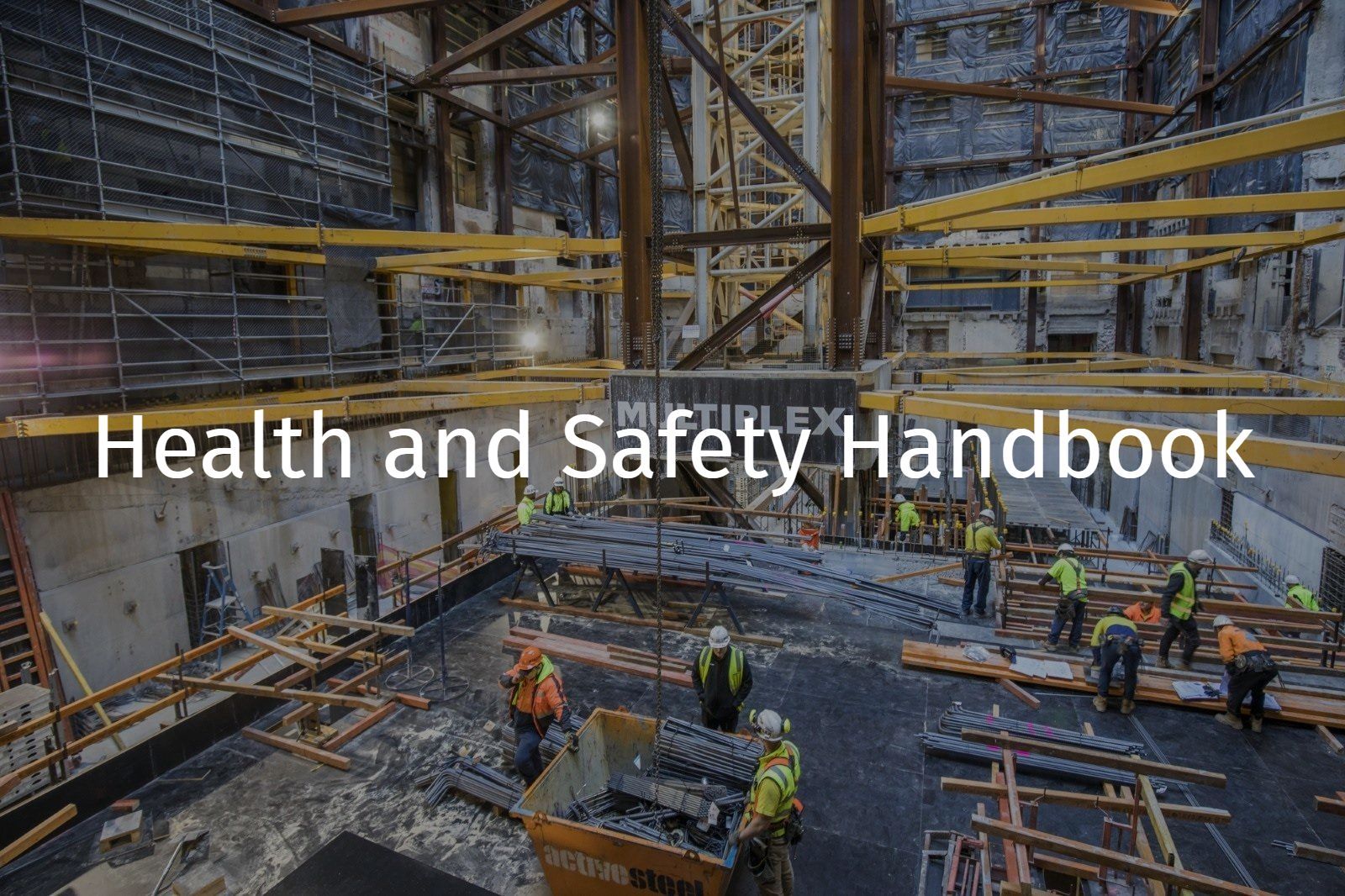Fall Injury Prevention Systems (Fall Arrest / Fall Restraint)
References: R Record keeping requirement | E An engineering/certification requirement | P A permit to work requirement | S A safe work method statement (SWMS) / written plan
Note: This section is to be read in conjunction with:
- Section: Work at Heights General
Operational
Prior to the use of fall injury prevention systems i.e. fall arrest or restraint devices, all other height access options must be considered. Where it is established through risk assessment that no other practical fall risk reduction measures can be implemented fall arrest or restraint devices may be used.
S Task-specific SWMS and rescue plan must be developed and implemented where the use of fall arrest or restraint devices are planned to be used.
R People carrying out work utilising fall arrest or restraint devices must be inducted into applicable SWMS, rescue plan and hold valid records of competency / training. Evidence must be retained on site. Refer to:
Anchorages - Permanent
In the case of permanent anchorages or fall injury prevention systems they must be designed, manufactured, constructed, selected and installed, so they are capable of withstanding anticipated forces applied as a result of a person falling.
Permanent anchorages or fall injury prevention systems must be:
- E Designed by an appropriately Qualified Person (engineer)
- E Designed of adequate capacity (typically 15 kN for one person and 21kN for two persons)
- Manufactured by a height safety equipment manufacturer with product certification
- Selected in consultation with height safety professional
- R Installed and inspected by an approved and qualified height safety equipment installer, refer to:
- Training and Competency Schedule
- Plant and Equipment Inspection and Test Schedule
- Certified, and appropriately marked/labelled
- Maintained in accordance with the manufactures specifications.
Where permanent anchorages have been repaired they are not to be used until inspected by a qualified height safety equipment installer and in their opinion, is safe to be used and a report has been issued. The report must be maintained on site.
Anchorages - Temporary
In the case of temporary anchorages or fall injury prevention systems they must be designed, manufactured, constructed, selected and installed, so they are capable of withstanding anticipated forces applied as a result of a person falling.
Temporary anchorages or fall injury prevention systems must be:
- E Designed of adequate capacity (typically 15 kN for one person and 21kN for two persons)
- E Manufactured by a height safety equipment manufacturer with product certification
- R Selected, installed and maintained by persons holding a basic scaffolding or basic rigging high risk work license (minimum), in accordance with the manufacturer’s specification or by persons trained by the manufacturer, refer to:
- Training and Competency Schedule
- Appropriately marked/labelled
- R Inspected in accordance with:
- Plant and Equipment Inspection Schedule
Each component of either permanent or temporary systems must be inspected immediately after it has operated or should have operated in relation to a person’s free fall.
If a Competent Person confirms that damaged or worn components impair the load bearing capacity of the system, then the anchorage must be tagged to indicate that is not to be used.
Worn or damaged components must be withdrawn from service and replaced with properly functioning components.
Persons using the systems and the system must be protected from hot particles or sparks resulting from welding or other allied process.
R Anchor points to existing structural elements must be verified by Competent Person as having adequate capacity to serve as anchor points (for example structural steel, or reinforced concrete columns).
Temporary Static Lines
Temporary static lines may be used as part of a fall restraint system where access is required close to an unprotected edge, or on a sloping/slippery surface, provided the following conditions are met:
- The static line, as far practicable, is parallel to the roof edge to which access is required
- The surface is strong enough to support personnel and there is no risk of persons falling through the surface
- The length of the lanyard is such that it is physically impossible for persons attached to the temporary static line via the lanyard to fall off the edge
- The static line is installed only by a Competent Person refer to:
- Training and Competency Schedule
Inertia Reels
Inertia reels should be:
- Mounted above head height to limit the free fall distance to that recommended by the designer/manufacturer or for roof work applications, be positioned at foot height of the user as illustrated in Figure.
- Used in such a way that the inertia reel line cannot contact an obstruction in the event of a fall, unless the manufacturer can verify that such contact will not impair the safe use of the inertia reel.
- Only be used in fall restraint systems where the maximum length of the inertia reel line does not exceed the minimum distance to the unprotected edge.
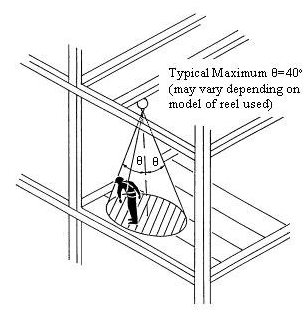
Harnesses and Harness lanyards
Harnesses and harness lanyards must be taken out of service once the service life has been reached (10 years)
Harness lanyards should be used with a personal energy absorber and must be attached to an anchorage point with sufficient capacity for the intended load (Typically 15 kN for 1 person / 21 kN for 2 people, such that
- The potential free fall is not greater than two (2) metres, and
- The lanyard cannot come into contact with an obstruction following a fall, unless the manufacturer can verify that such contact will not impair its operation.
Legal and Other Requirements
- AS 1891.4 Industrial Fall Arrest Systems and Devices - Selection Use and Maintenance
- AS 4488 industrial rope access system specifications
- IRATA or ARAA code of practice
- Managing the risk of falls at workplaces Code of Practice (Qld) 2018
Document Control
Version 1 August 2019 – New Standard
